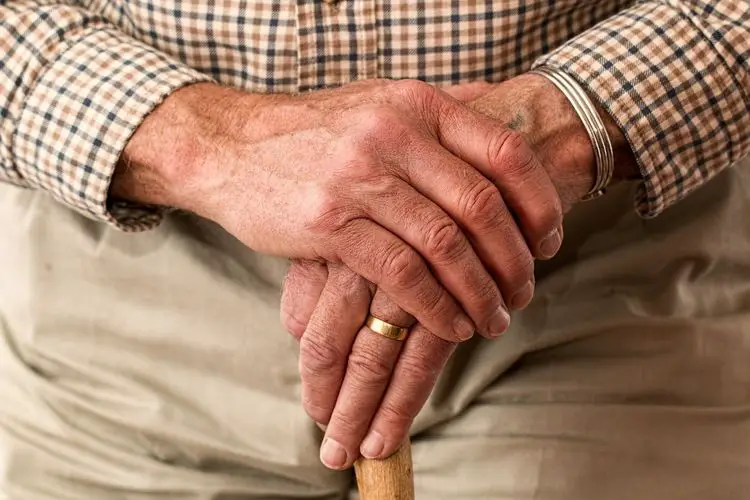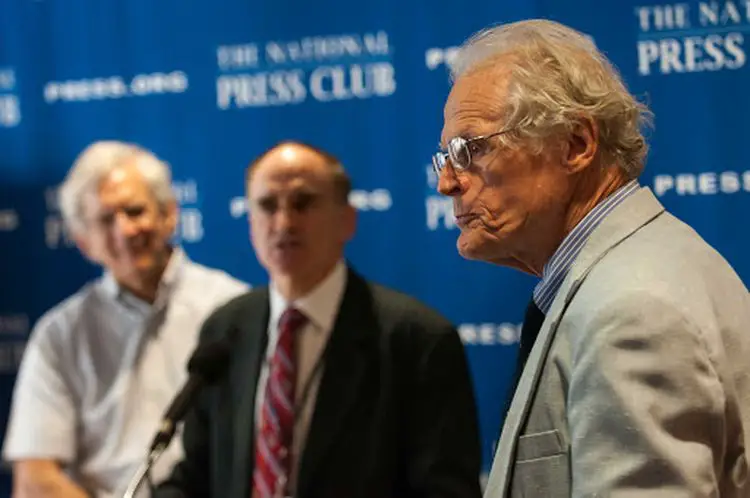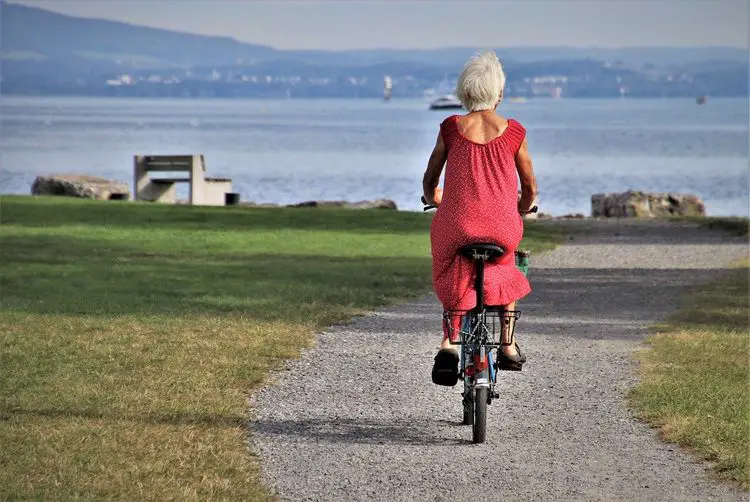The Older Americans Act (OAA) was passed by Congress in 1965 as a response to policymaker concerns about the lack of services for older adults. And it was one of those bills that passed by a landslide in both the House and the Senate. It was introduced in January 1965 by Representative John E. Fogarty and passed by the House of Representatives in March of the same year by a margin of 395 to 1. In June, 1965 the bill passed the Senate by a roll-call vote of 72 to 5, and by July was signed into law by President Lyndon B. Johnson.
Why Was the Older Americans Act Created?
In the mid-sixties, Democrats enjoyed a rock-solid victory that created the most liberal Congress since the 1930s. And President Johnson took advantage of it. Just as FDR had created the “New Deal” set of reforms and programs to increase equity in the U.S., Johnson coined the phrase “Great Society,” and set about initiating a number of reforms under that heading.
Among them were programs like Medicare and Medicaid, aimed at eliminating the dire effects of poverty upon those who were forced to accrue medical expenses. Also included were the National Endowment for the Arts and funds meant to strengthen public broadcasting, among other things — a general “War on Poverty,” for example.
During this time of sweeping change, it was perceived among the powerful that there was a woeful lack in services and support aimed at aging and elderly Americans. So the OAA was put together in order to provide funding for nutrition and supportive community and home-based services, elder rights programs, disease prevention and health promotion services, and the National Family Caregiver Support Program, among other subsidiary initiatives.
The original Older Americans Act gave authority for grants to states for community planning, social services, research and development projects, and training on aging related issues. The act established the Administration on Aging to administer the grant programs and to serve as the federal agency that would oversee matters pertaining to older adults.
How Has the OAA Changed Over Time?
In the years between 1967 and 2007, the Older Americans Act was amended a total of 11 times, spanning the presidential administrations of Lyndon Johnson, Richard Nixon, Gerald Ford, Jimmy Carter, Ronald Reagan, George H.W. Bush, Bill Clinton, and George W. Bush. The amendments were largely made in order to streamline the OAA, doing things like reinstating certain provisions of the law so they could stand up going into the future.
The Act has enjoyed more recent support, as well. In the year 2016, the U.S. Congress voted to reauthorize the entire Act through fiscal year 2019. Then, in March 2020, the OAA was reauthorized through the year 2024. The United States government may be a lot of things, but it’s not unsupportive of our older citizens.
What Does the OAA Do?
The OAA is now viewed as the primary vehicle for the organization and delivery of social and nutrition services to seniors and caregivers. The Act authorizes a wide array of service programs through a network of State Units on Aging, 655 Area Agencies on Aging, 244 Tribal organizations, and 2 Native Hawaiian organizations. The OAA also includes community service employment for low-income seniors; training, research, and demonstration activities related to aging; and activities on elder rights. Program and service areas include, but are not limited to:

- Elder Justice and Elder Abuse — Programs to end the abuse, neglect, and exploitation of elders, up to and including the appointment of an elder ombudsman who is in place to defend elders’ rights
- Mental Health — According to communitysolutions.com, “In the 2006 revision of the OAA, mental health was added for the first time as a type of supportive service available to older adults, alongside existing supports like nutrition, transportation and in-home care. A 2016 revision updated the language from mental health to behavioral health to reflect the addition of substance use disorders into the category.” And we’re betting that the seniors hard-hit by the Covid pandemic are going to especially need support in the mental/behavioral health area, due to the crushing loss and isolation the pandemic has brought. That need falls under the rubric of the OAA.
- Benefits Counseling — This includes providing information to those age 60 and over who do not qualify for Medicare or Medicaid, but still can avail themselves of services provided under the OAA. Counseling is done to help seniors understand just what help they’re eligible for.
- Civic Engagement — The OAA has a section on the importance of volunteers in its programs, and specifies that funds and trained personnel be available to the elderly to help them get involved in volunteering, participating in “get out the vote” programs, and otherwise staying active in the community. Some of the efforts overseen by the Administration on Aging include working with the Corporation for National and Community Service and giving support to the National Resource Center for Engaging Older Adults.
- Nutritional Services — Among services under this heading are home-delivered meals and meals served to groups of elders, including residents and attendees at senior centers and churches. These programs offer a range of services that includes nutrition screening, assessment, counseling, and education, in addition to hot meals.
- Healthy Aging — “Healthy Aging” is a broad term under which many provisions fall. According to the National Council on Aging, “The Older Americans Act (OAA) funds critical services that keep our nation’s seniors healthy and independent—services like meals, job training, senior centers, health promotion, benefits enrollment, caregiver support, transportation, and more.” Health includes many things, and the OAA attempts to cover most, if not all.
- Caregiving — The OAA makes life easier in many ways to those who give care to the elderly, whether in their own families or in an institutional setting. These things include training, general support, and assistance with organization and counseling.
Closing Thoughts
Now you know the basic tenets and parameters of the Older Americans Act. Do your own research to get to more obscure specifics, and whatever you do, remember that in this case, Uncle Sam has your back.
If you have a story or anything else to add, please do so in the comments below. And may your old age bring happiness, peace, and joy.



1 comment
The Older Americans Act (OAA) funds critical services that keep older adults healthy and independent—services like meals, job training, senior centers, health promotion, benefits enrollment, caregiver support, transportation, and more. Nearly five years after it expired, legislation to reauthorize the Act was passed by Congress with unanimous, bipartisan support. Read about the Senate reauthorization bill and the House amendments . The bill was signed into law by the President on April 19, 2016. Read statements from NCOA and the Administration for Community Living (ACL) .